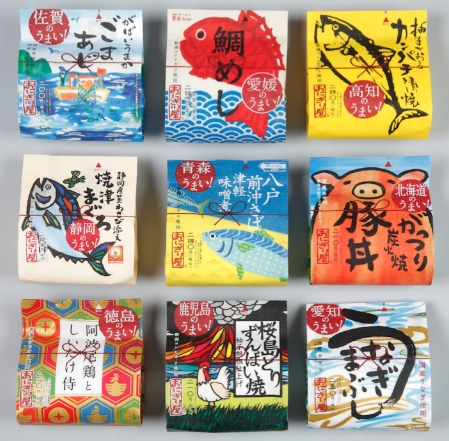Japanese Package Design: A Fusion of Aesthetics and Functionality
In a world where consumers are bombarded with countless product options, package design has emerged as a vital tool for brands to stand out. Japanese package design, renowned for its unique blend of beauty, tradition, and practicality, has captivated audiences globally. This blog post explores what makes Japanese package design special and how it reflects the culture and values of Japan.
Understanding Minimalism in Design
One of the most striking features of Japanese package design is its embrace of minimalism. This design philosophy emphasizes simplicity, allowing the product itself to take center stage. Elements such as clean lines, subdued colors, and ample white space are commonly utilized to create an uncluttered, harmonious look. Minimalism not only enhances visual appeal but also aligns with the Japanese aesthetic principle of “wabi-sabi,” which finds beauty in imperfection and transience. This focus on minimalism has led to more sustainable packaging solutions, as less material often means reduced waste.
Cultural Significance in Packaging
Japanese culture plays a pivotal role in its packaging designs. Traditional motifs and symbolism are often integrated into the design process, not just for aesthetic appeal but also to convey deeper meanings. For example, the use of cherry blossoms (sakura) evokes feelings of renewal and beauty, resonating with consumers on an emotional level. Seasonal packaging is also a common practice, where products are specially designed to reflect festivals or seasonal changes, creating a meaningful connection between the consumer and the product. This cultural depth makes Japanese package design not just functional but also a form of storytelling.
Functionality Meets Aesthetics
In Japan, functionality is considered just as important as aesthetics in package design. Products are often designed with user experience in mind, featuring elements such as easy-to-open seals or resealable packages. Many designs also incorporate innovative features that enhance convenience, like built-in measuring tools or protective layers to preserve freshness. This focus on practical usability ensures that consumers enjoy both beautifully presented products and effortless convenience. The careful balance of aesthetics and functionality is a hallmark of Japanese design philosophy, making these packages as enjoyable to use as they are to look at.
In Conclusion
Japanese package design is a vibrant tapestry woven from cultural significance, minimalist aesthetics, and practical functionality. Whether it’s the simplicity of its design or the thoughtful integration of cultural elements, there’s much to admire in this unique approach. If you’re interested in exploring more about package design trends or learning how to incorporate these principles into your own projects, dive deeper into the world of design. Your journey into the art of packaging could inspire your next creative endeavor!

